UPDATE 8 am Israeli time Saturday:
From late yesterday afternoon and evening–three Israeli Border Guards had to be taken to the hospital after being injured by “rock throwing” Palestinian and international lawbreakers near Kedumim. Two people were stabbed by an unknown assailant in Jerusalem and are hospitalized with “moderate” injuries.
TODAY’S BLOG:
As you may know by now, UNESCO voted yesterday to add “Birthplace of Jesus: Church of the Nativity and the Pilgrimage Route, Bethlehem” to its list of World Heritage Sites–a listing made under the nonexistent country of “Palestine”. More than this, the UNESCO committee absurdly added the Bethlehem listing to its special list of 38 properties which are called the “List of World Heritage in Danger” (of course the real reason Bethlehem is in danger as a Christian site is because the Palestinian Muslims in Bethlehem have been ethnically cleansing the Palestinian Christians who live there).
According to UNESCO, the World Heritage List “includes 944 properties forming part of the cultural and natural heritage which the World Heritage Committee considers as having outstanding universal value.” These include 732 cultural, 183 natural (such places as Yellowstone National Park in the U.S. and the Swiss Alps from Jungfrau to Aletsch), and 29 mixed properties in 155 States Parties.” The only one of the “States Parties” included in UNESCO which is not a country is “Palestine.”
So I thought we would take a little quiz today and tomorrow. Your humble servant is going to give you a list of 12 “properties” in Israel–without any comment or analysis. Your task is to choose which 7 of the following “properties” are on the UNESCO list of World Heritage Sites in Israel, and which 5 are not. Tomorrow’s blog will have the answers–with commentary about the bias of UNESCO. Also, please note that the descriptions given for each property are quotations taken from such places as UNESCO and Wikipedia–I have purposely not given quotations marks or sources so as to not give away the answers to the quiz. Also some of the pictures are taken from the UNESCO site–again for purposes of commentary tomorrow.
Is it a World Heritage Site in Israel or not?
1. The Old City of Jerusalem and its Walls
As a holy city for Judaism, Christianity and Islam, Jerusalem has always been of great symbolic importance. Among its 220 historic monuments, the Dome of the Rock stands out: built in the 7th century, it is decorated with beautiful geometric and floral motifs. It is recognized by all three religions as the site of Abraham’s sacrifice. The Wailing Wall delimits the quarters of the different religious communities, while the Resurrection rotunda in the Church of the Holy Sepulchre houses Christ’s tomb.
2. Caesarea
The town was built by Herod the Great about 25-13 BCE as the port city Caesarea Maritima. Herod constructed a sophisticated port, warehouses, markets, great streets, bathhouses, temples and magnificent public buildings–many of which are still in place. Caesarea served as an administrative center of Judea Province of the Roman Empire, and later the capital of the Byzantine Palaestina Prima province during the classic period. Caesarea’s amphitheater is still used for concerts today, and its aqueduct is one of the finest example of Roman engineering.
3. The Sea of Galilee
Also known as the Kinneret, the Sea of Galilee is the lowest freshwater lake in the world. Fed mainly by the historic Jordan River, it is approximately 53 km (33 mi) in circumference with a maximum depth of 43 m (141 feet). Because much of the ministry of Jesus took place on its shores including the Sermon on the Mount and miracles of walking on water and feeding the multitude with fish and loaves, the lake has become a favorite destination of Christian pilgrims from around the world.
4. The Old City of Acre
Acre is a historic walled port-city with continuous settlement from the Phoenician period. The present city is characteristic of a fortified town dating from the Ottoman 18th and 19th centuries, with typical urban components such as the citadel, mosques, khans and baths. The remains of the Crusader town, dating from 1104 to 1291, lie almost intact, both above and below today’s street level, providing an exceptional picture of the layout and structures of the capital of the medieval Crusader kingdom of Jerusalem.
5. Masada
Masada is a rugged natural fortress, of majestic beauty, in the Judaean Desert overlooking the Dead Sea. It is a symbol of the ancient kingdom of Israel, its violent destruction and the last stand of Jewish patriots in the face of the Roman army, in 73 A.D. It was built as a palace complex, in the classic style of the early Roman Empire, by Herod the Great, King of Judaea, (reigned 37 – 4 B.C.). The camps, fortifications and attack ramp that encircle the monument constitute the most complete Roman siege works surviving to the present day.
6. Baha’i Holy Places in Haifa and the Western Galilee
The Bahá’i Holy Places in Haifa and Western Galilee are inscribed for their profound spiritual meaning and the testimony they bear to the strong tradition of pilgrimage in the Bahá’i faith. The property includes the two most holy places in the Bahá’í religion associated with the founders, the Shrine of Bahá’u’lláh in Acre and the Shrine of the Báb in Haifa, together with their surrounding gardens, associated buildings and monuments. These two shrines are part of a larger complex of buildings, monuments and sites at seven distinct locations in Haifa and Western Galilee that are visited as part of the Bahá’i pilgrimage.
7. Ein Gedi
Ein Gedi is an oasis in southern Israel, located west of the Dead Sea, near Masada and the caves of Qumran (where the Dead Sea Scrolls were found). Important during Roman times because of its production of a highly valued perfume, Ein Gedi is now one of the most important nature reserves in Israel and in the Middle East. Its two springs generate approximately three million cubic meters of water per year making the reserve a unique desert sanctuary for many types of plant, bird and animal species.
8. White City of Tel Aviv–the Modern Movement
Tel Aviv was founded in 1909 and developed as a metropolitan city under the British Mandate in Palestine. The White City was constructed from the early 1930s until the 1950s, based on the urban plan by Sir Patrick Geddes, reflecting modern organic planning principles. The buildings were designed by architects who were trained in Europe where they practised their profession before immigrating. They created an outstanding architectural ensemble of the Modern Movement in a new cultural context.
9. Biblical Tels–Megiddo, Hazor, Beer Sheba
Tels (prehistoric settlement mounds), are characteristic of the flatter lands of the eastern Mediterranean, particularly Lebanon, Syria, Israel and eastern Turkey. Of more than 200 tels in Israel, Megiddo, Hazor and Beer Sheba are representative of those that contain substantial remains of cities with biblical connections. The three tels also present some of the best examples in the Levant of elaborate Iron Age, underground water-collecting systems, created to serve dense urban communities. Their traces of construction over the millennia reflect the existence of centralized authority, prosperous agricultural activity and the control of important trade routes.
10. Incense Route–Desert Cities in the Negev
The four Nabatean towns of Haluza, Mamshit, Avdat and Shivta, along with associated fortresses and agricultural landscapes in the Negev Desert, are spread along routes linking them to the Mediterranean end of the incense and spice route. Together they reflect the hugely profitable trade in frankincense and myrrh from south Arabia to the Mediterranean, which flourished from the 3rd century BC until the 2nd century AD. With the vestiges of their sophisticated irrigation systems, urban constructions, forts and caravanserai, they bear witness to the way in which the harsh desert was settled for trade and agriculture.
11. Sites of Human Evolution at Mount Carmel: The Nahal Me’arot/Wadi el-Mughara Caves
On the western slope of the Mount Carmel range, it includes the cave sites of Tabun, Jamal, el-Wad and Skhul. It covers 54 hectares and contains cultural deposits representing 500,000 years of human evolution with evidence of burials, early stone architecture and the transition from a hunter-gathering lifestyle to agriculture and animal husbandry. The site demonstrates the unique existence of both Neanderthals and Early Anatomically Modern Humans (EAMH) within the same Middle Paleolithic cultural framework, the Mousterian. As such, it has become a key site of the chrono-stratigraphic framework for human evolution in general, and the prehistory of the Levant in particular. Ninety years of archaeological research have revealed a cultural sequence of unparalleled duration, providing an archive of early human life in south-west Asia.
12. The Underwater Reef of Eilat–Chof Al Mog Nature Reserve
The heart of the reserve is a coral reef some 1,200 meters long parallel to the beach. It is one of the most ‘densely populated’ coral reefs in the world and the only one in Israel. The reserve offers a spectacular combination of strange and beautiful corals that create colorful underwater ‘gardens’ navigated by a variety of wildly-hued tropical fish. These include butterfly fish, parrot fish, Julie fish, nocturnal fish, and many other species, along with sea lilies, giant shells and much more.
TO RECAP: Is it a World Heritage Site in Israel or not?
1. Yes or No: The Old City of Jerusalem and its Walls
2. Yes or No: Caesarea
3. Yes or No: The Sea of Galilee
4. Yes or No: The Old City of Acre
5. Yes or No: Masada
6. Yes or No: Baha’i Holy Places in Haifa and the Western Galilee
7. Yes or No: Ein Gedi
8. Yes or No: White City of Tel Aviv–the Modern Movement
9. Yes or No: Biblical Tels–Megiddo, Hazor, Beer Sheba
10. Yes or No: Incense Route–Desert Cities in the Negev
11. Yes or No: Sites of Human Evolution at Mount Carmel: The Nahal Me’arot/Wadi el-Mughara Caves
12. Yes or No: The Underwater Reef of Eilat–Chof Al Mog Nature Reserve
Tune in tomorrow for the answers!
—
As of June 1, 2012, your humble servant began to recognize those of you who support Israel by donating to this website. Today, we are highlighting Betty and Mark of Davis, California:
Israelstreet is building a wall of Israeli flag support. To have your own Israeli flag, you must follow two steps:
Step 1: Simply click on the “Support Israel Street! Donate” button in the right hand column and submit your information.
Step 2: Send an email to israelstreet1948@gmail.com with the following information:
Your name (or location):
The donation that you made (for purposes of identifying you):
A. A donation of $10 puts your flag on this website for one month
B. A donation of $20 puts your flag on this website for two months
C. A donation of $30 puts your flag on this website for three months
D. A donation of $100 or more puts your flag on this website for a year
What you want on your flag :
Line 1: (Whatever you want within reason)
Line 2: Name of your city and country.
Please note that donations are not tax deductible in the U.S. The IRS does not permit political advocacy websites to have 501 status. All donations that you make will be used for the maintenance of this blog, and your humble servant thanks you deeply!
*Note that your flag will appear within 3 days of your submission.

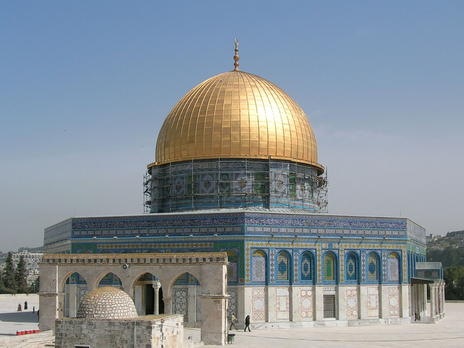
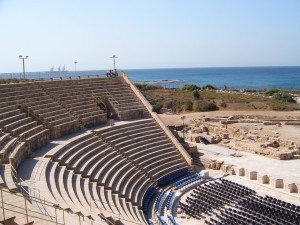
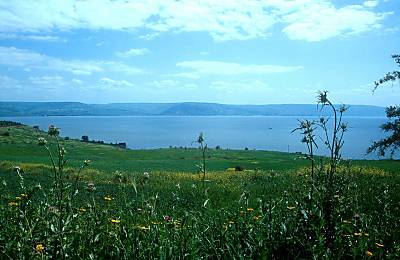
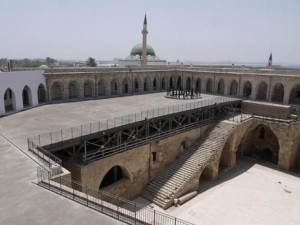

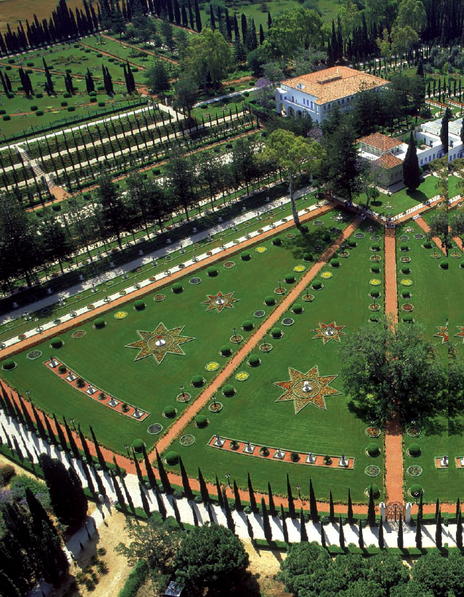
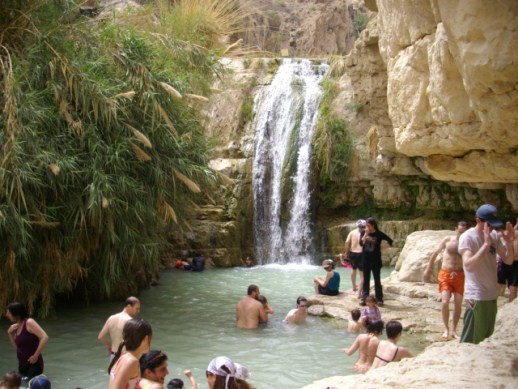


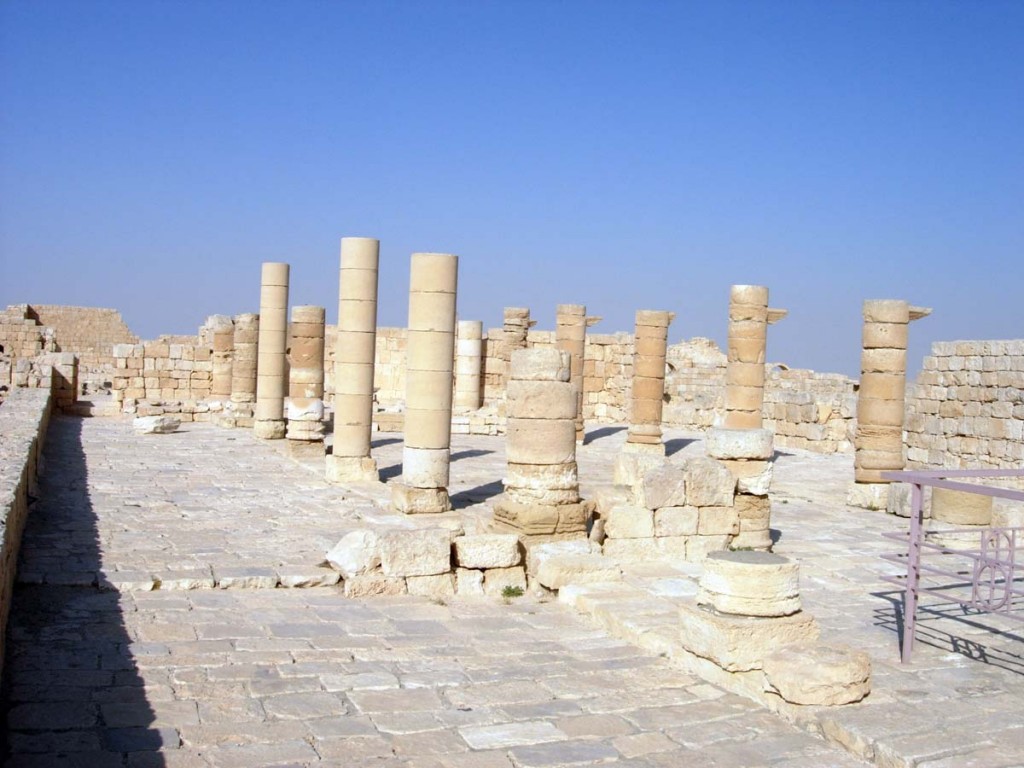



















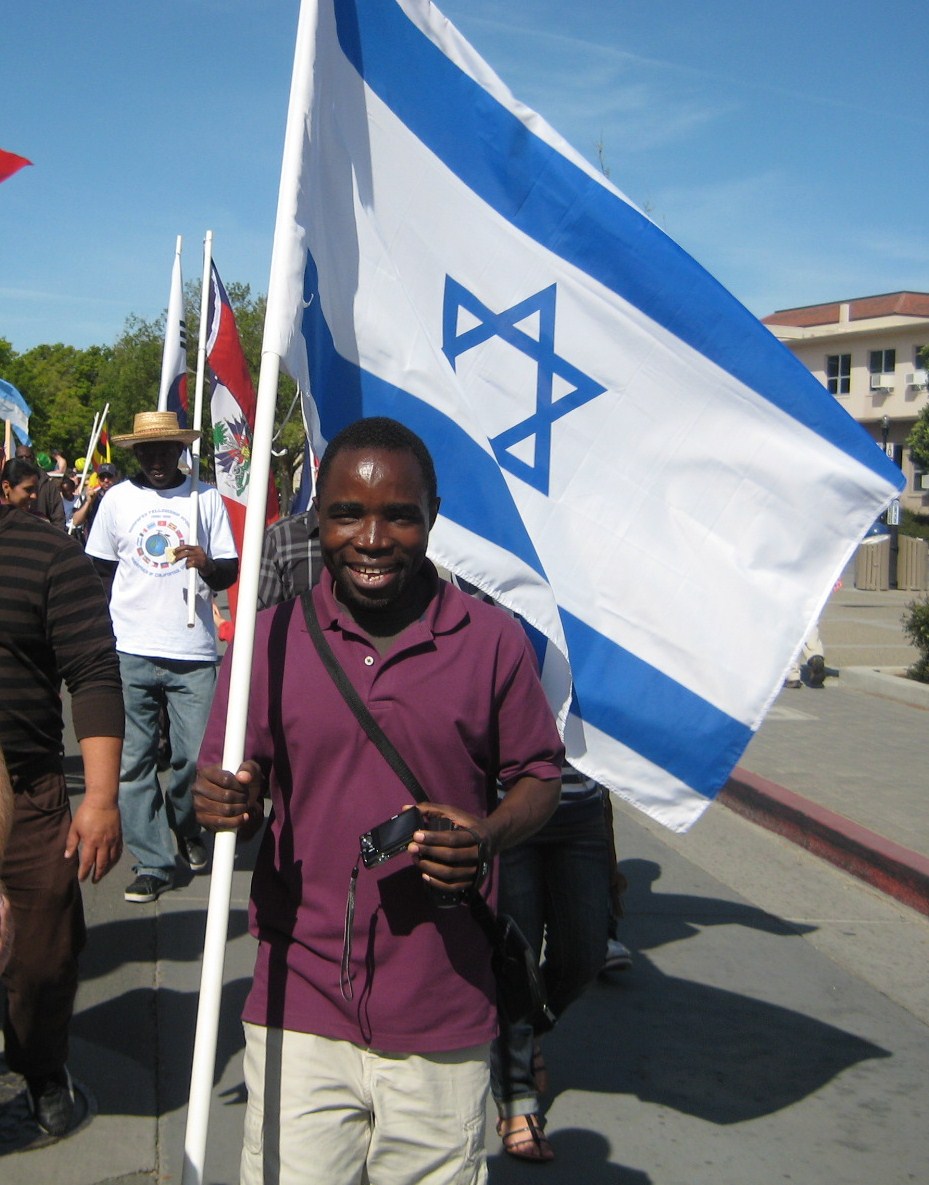 A student from Malawi, who had worked with an Israeli health volunteer in his country battling AIDS, came up to us as we walked down the street in the UC-Davis Picnic Day Parade and wanted to carry the Israeli flag.
A student from Malawi, who had worked with an Israeli health volunteer in his country battling AIDS, came up to us as we walked down the street in the UC-Davis Picnic Day Parade and wanted to carry the Israeli flag.